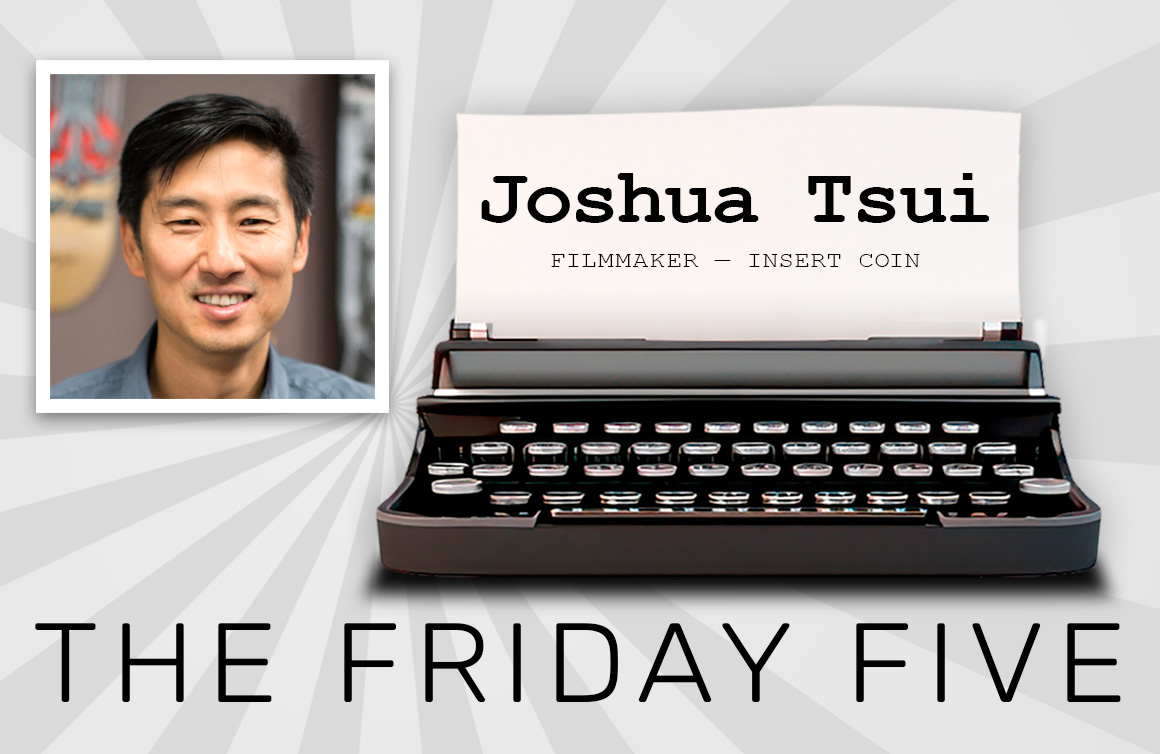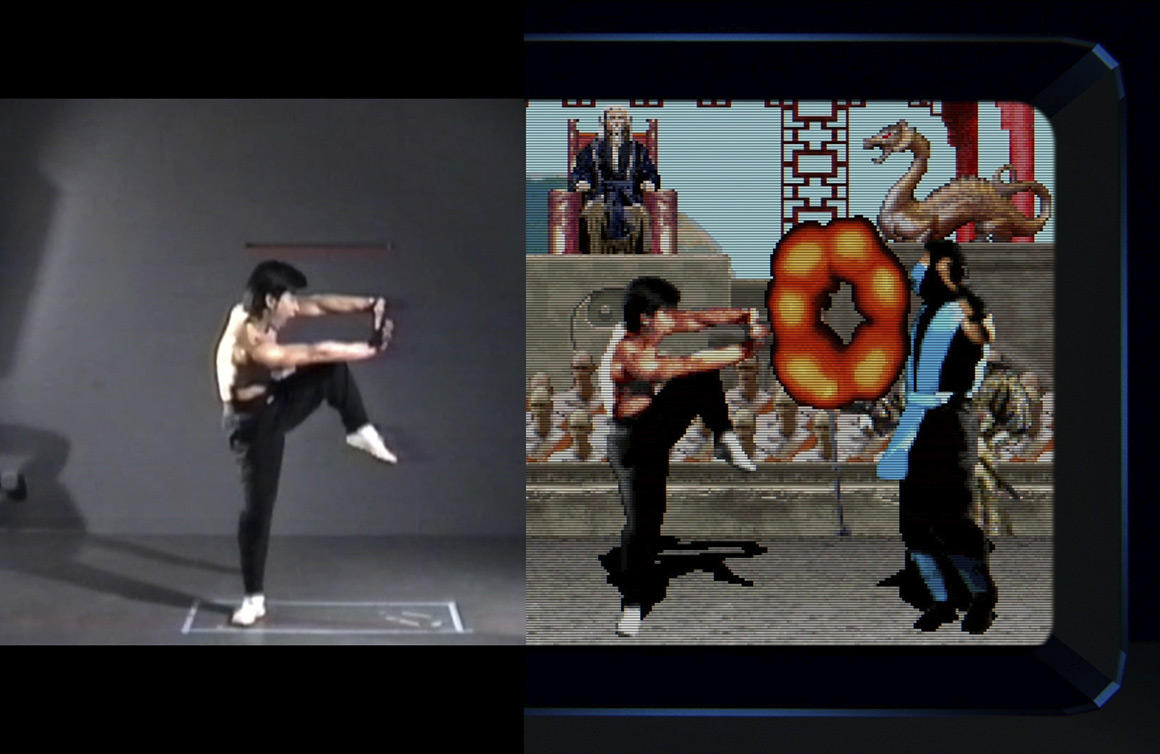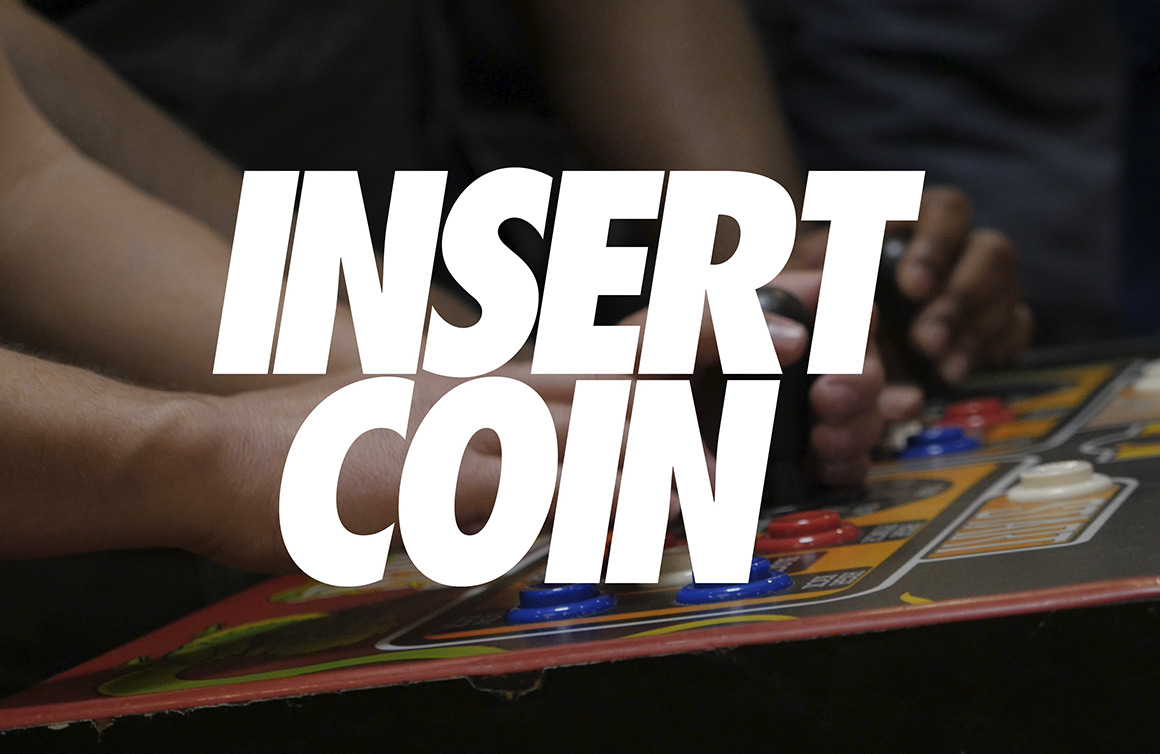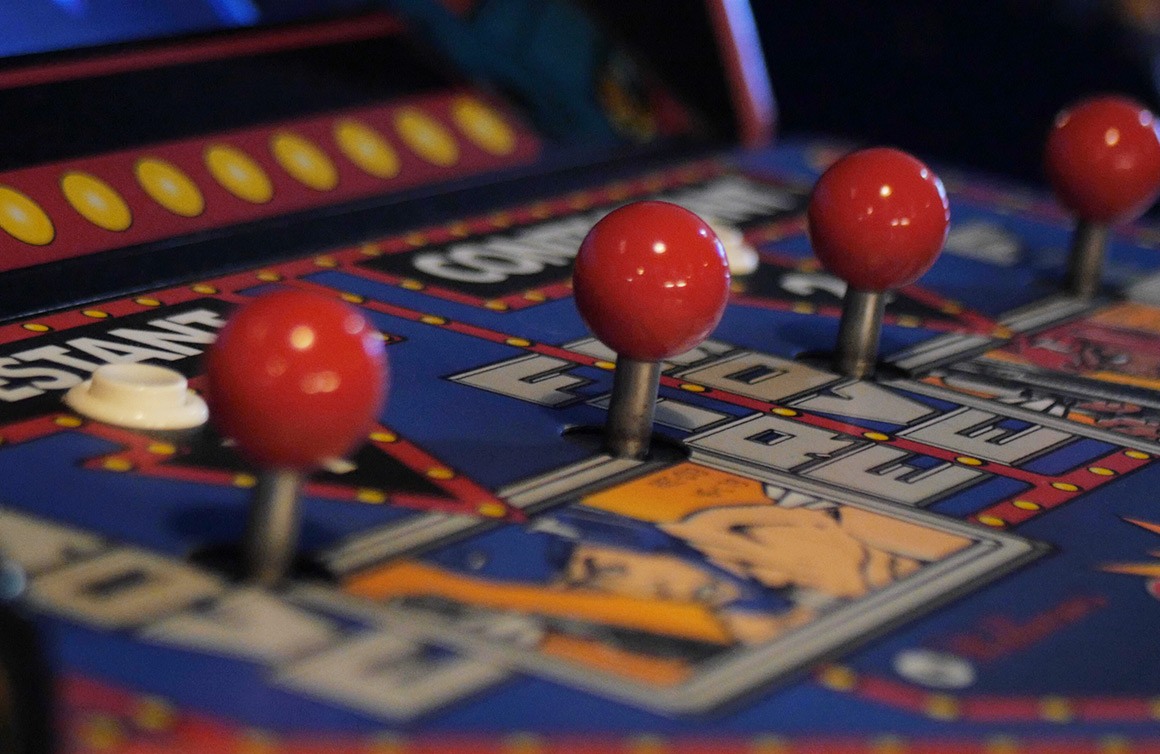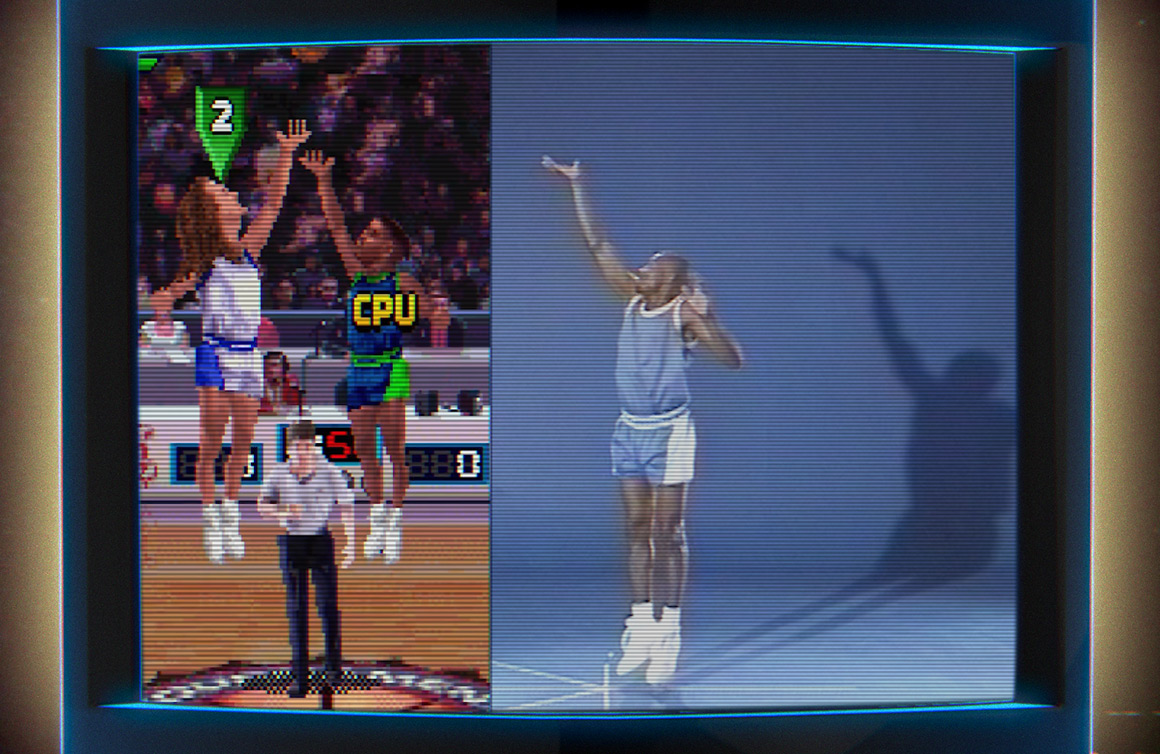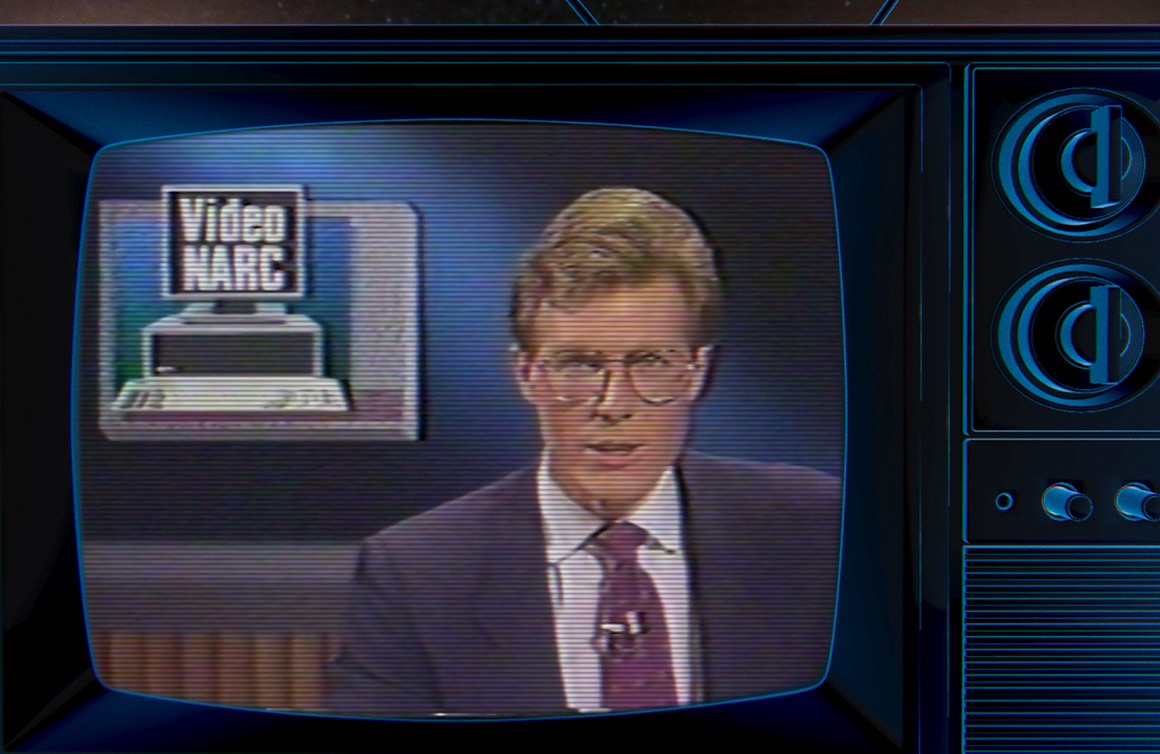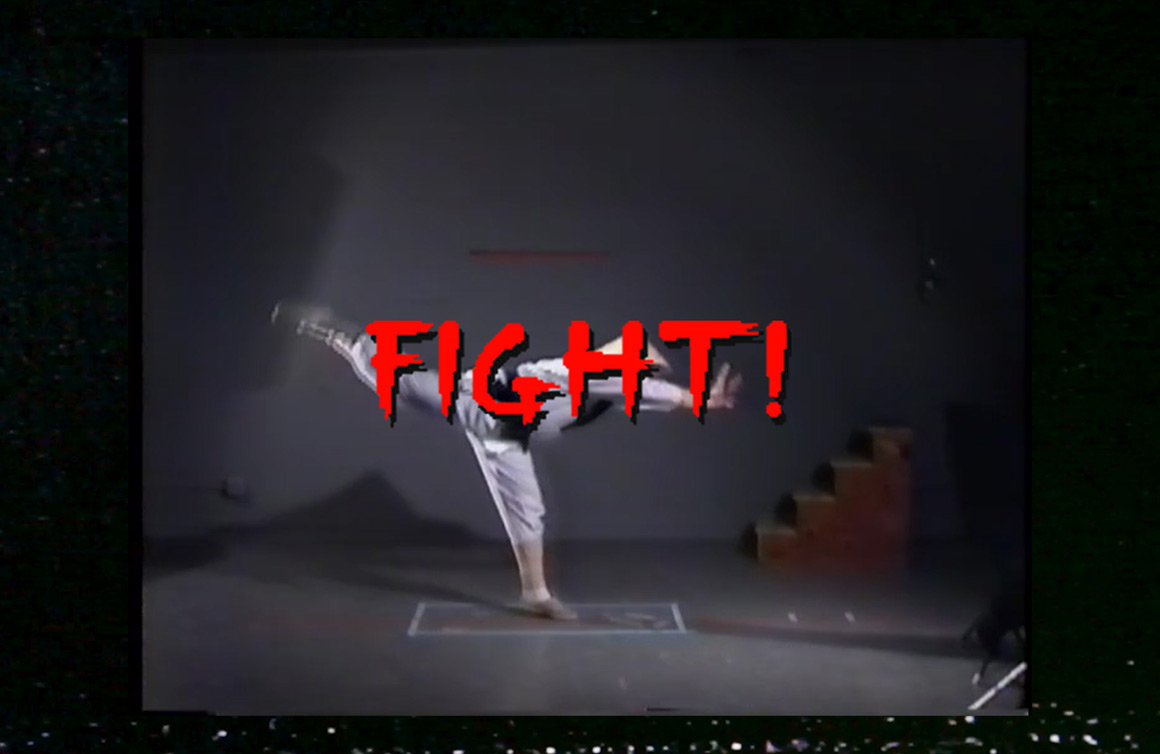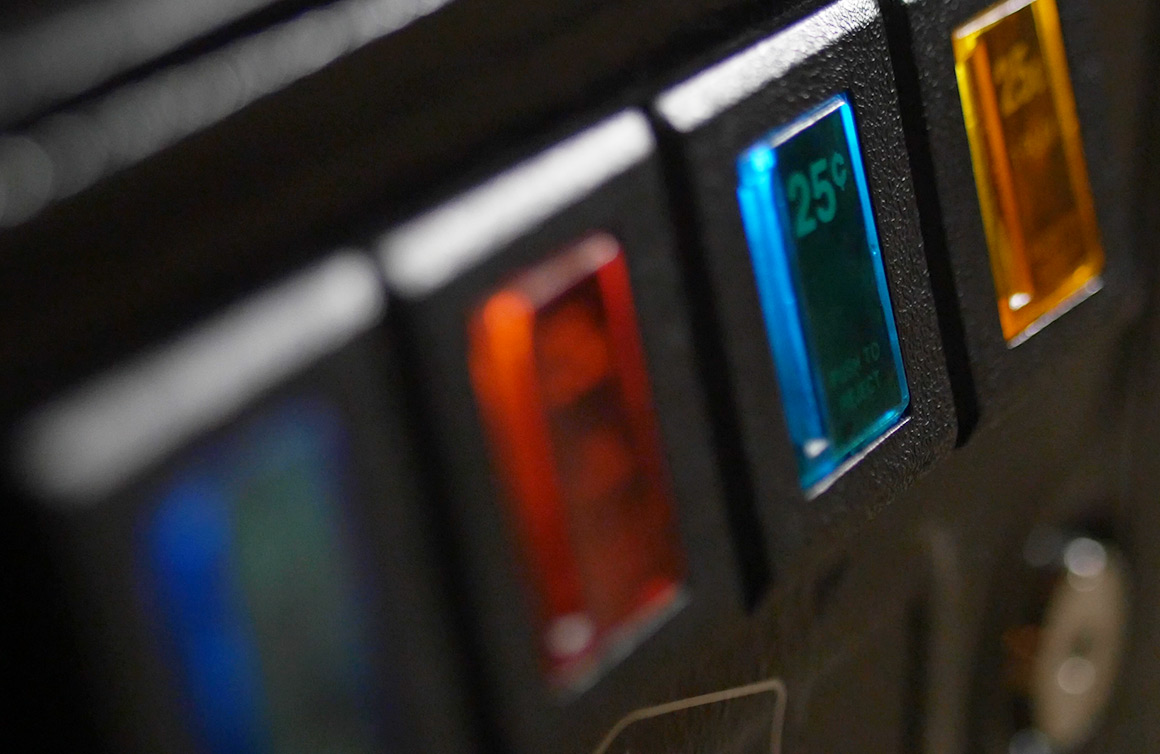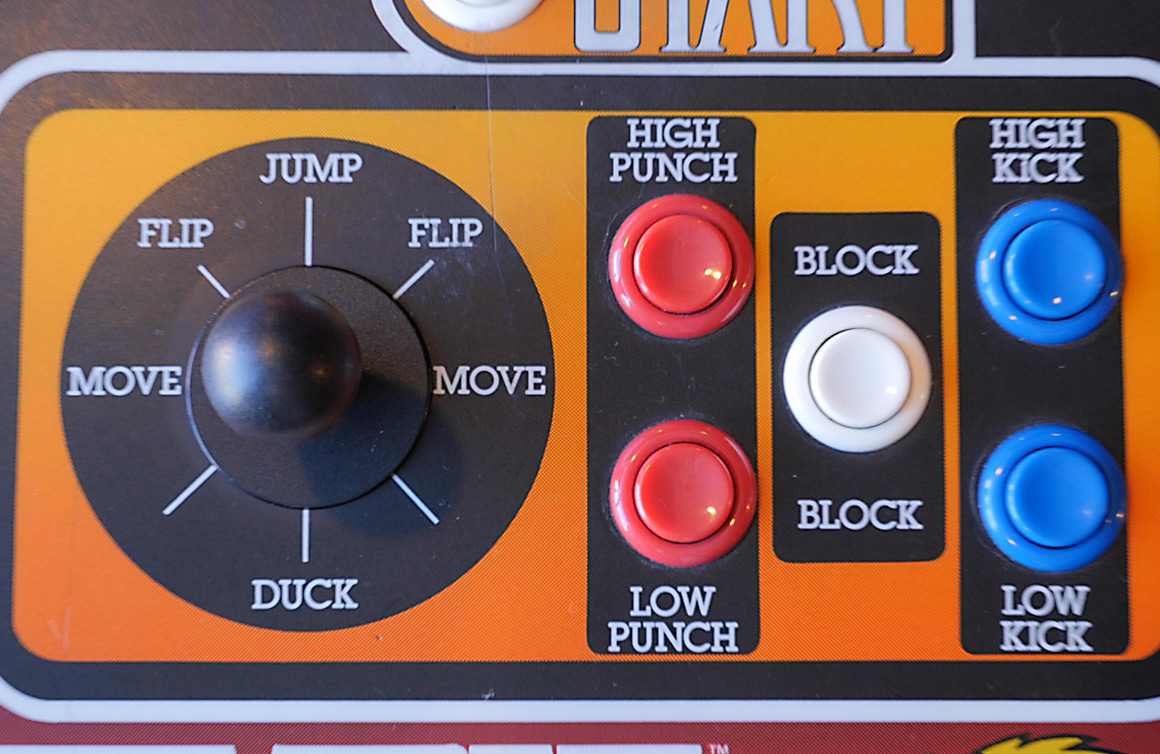What inspired you to make the documentary, Insert Coin?
I worked at Midway Games during the 1990s era depicted in the film.
Even though I’ve been a game developer for many decades, I actually studied film. My career got derailed — I say jokingly — and I went from studying film to getting into game development coming out of college because I got a job at Midway working on their video games. All of these historical games happened during the period I was there. I always felt that I was living through history as things were developing.
Fast forward to many years later, I went through a kind of midlife crisis where I realized I had been in game development for so long that I never got to work on a film or make a movie. I realized that the era in which I worked at Midway was a great subject for a documentary. And I thought, well, who better to do it than myself? And if I don’t do it, somebody else will. So, I figured this might be a good way for me to go through my midlife crisis and finally get that bug out of my system.
I think what’s interesting is that a lot of people know the games and many of them are still around in new versions, but there isn’t a whole lot of information about how these games were made, how crazy the industry was, or just how small the industry was back then. I thought that part of the story would be super interesting, because it was like the Wild West. We had no management and literally no rules — it was a bit like Lord of the Flies. We were a bunch of kids making things that ended up becoming billion-dollar franchises.

The documentary is now being reinterpreted as an exhibit at the Cleve Carney Museum of Art. Tell us about the process of adapting the film into a museum exhibit.
The process has been really interesting because it feels very natural for the documentary to be turned into a physical and experiential exhibit.
When the Cleve Carney Museum of Art brought up the idea of possibly turning the film into an exhibit — Chicago Gamespace proposed the idea to them — I hadn’t thought about it at the time but it started to make sense because these are large machines that are meant to be played in a physical space, not in your home. You stand up and approach and have a real physical presence with the games. If you think about museum exhibits, you’re going somewhere and you have something very tactile that you’re interacting with and you’re in a space that has been designed specifically for that experience.
If you look at an arcade cabinet, it’s almost like a cubicle that envelops you and you have horse blinders on and all you’re doing is concentrating on that game. So when they first talked to me about it, it was a surprise. But, because of the physical nature of the arcade experience, a dedicated museum space makes total sense. I really was curious about how it would work. And on a personal level, I was fascinated to learn how museum exhibits get put together.
It has been five years since the film was released, I feared it had run its course, but the idea of turning it into an exhibit got me excited again. It had its various runs at film festivals and then it was on video-on-demand and streaming. As we reached the five-year point, I thought I would like to be done with this film. We just recently released Insert Coin on various advertising-based platforms such as Tubi. So, in my mind, I thought it was the end of the film run — I could move on with my life. But when the idea of an exhibit came up, it definitely rekindled my enthusiasm. It wasn’t like the quote from Godfather 3 where he says, “Just when I thought I was out, they pull me back in!” This was so different that I just couldn’t resist getting dragged back in and I think it will find a new and different audience because it’s an art museum — people will see it from a different angle and in a new light.

How were the 15 games included in the exhibition chosen?
Cleve Carney and Chicago Gamespace knew the story well enough to make their initial list of what they thought were the key games to include. There are games within the exhibit that aren’t in the film because the exhibit starts a little earlier in the era than the film does and the exhibit ends with more of the home games that came for Midway. Those are nice bookends to what I cover in the film itself. As part of the exhibit-design consideration, they wanted to expand the story to really talk about how these games evolved from the early 1980s, the history of Chicago’s most prominent gaming manufacturer, and the cultural impact of these games.

A lot has changed since the heyday of Midway Games. Why do you think its games continue to capture such interest?
Nostalgia plays a big part in it. It comes in cycles where people realize they would like to have a bit of a nostalgia hit. It is kind of like listening to music from the ’90s for me: every once in a while, you want to pop back in.
I think games of that era were a lot simpler in nature. The games industry is so much larger now, and games are so much more complex. Arcade games, by design, are meant to be incredibly easy to pick up but hard to master.

What do you hope visitors will come away with from their time at the exhibit?
I would really like for them to take away the idea that while so much of video games is about technology, the exhibit highlights the role of design and how it’s evolved over time.
When you start playing some of these games, especially the early ones, you can see how they evolved because of changing times. Back in the ’80s, games were very simple and a little more optimistic and colourful in nature. And then in the ’90s, it started getting a bit more dark and a little bit more realistic. As technology changed, the design changed as we headed into 2000.
One of the interesting things about the design of a museum exhibit like this is that while anybody can go to an arcade to play these games, this experience allows you to see the evolution of the games. You’ll hear the stories of how these games were made, who made them, which team members went from one game to another, and so on. You get a more holistic view of that era.
It’s similar to how there are film directors with very specific styles. You see the influence of someone like Eugene Jarvis and his work on games such as Defender in the ’80s, his design style was very aggressive in nature. And you see that over the years and across many decades in games either that he himself designed or he influenced. You see a clear link from a game like Narc to Mortal Kombat and all the way to the current arcade games.

The Insert Coin exhibit at the Cleve Carney Museum of Art runs from October 26, 2024, to February 16, 2025. Find out where to watch the film.

